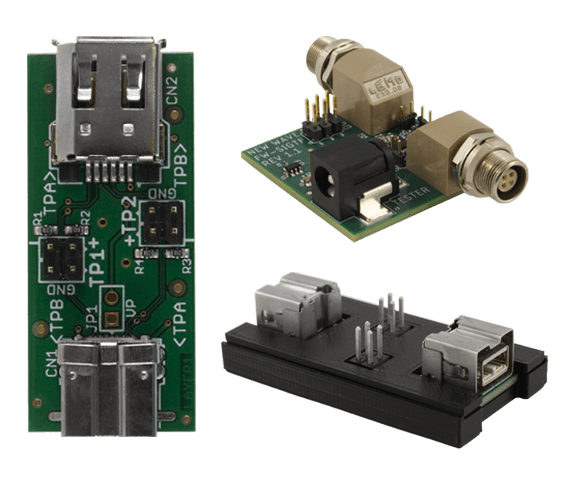VPX
VPX (Versatile Performance Switching) cards are instrumental interface cards in embedded aerospace and defense applications. With their rugged design and advanced architecture, VPX cards offer superior performance, scalability, and interoperability. These cards support a wide range of high-bandwidth I/O interfaces and FPGA resources, enabling seamless integration with I/O-intensive coprocessing systems. With enhanced processing capabilities, robust signal integrity, and support for advanced protocols, VPX cards excel in demanding aerospace and defense environments, ensuring efficient and reliable data handling and coprocessing for mission-critical operations.

XMC / PMCs
Switched Mezzanine Cards and PCI Mezzanine Cards, more commonly known as XMCs and PMCs, respectively, are compact and rugged interface cards used extensively in aerospace and defense applications. These form factors enable reliable communication between systems and components in challenging environments. With versatile I/O options and support for industry-standard protocols, get high-performance capabilities essential for mission-critical operations. Their flexibility and robustness make them ideal for mil/aero applications, ensuring seamless integration and efficient communication.
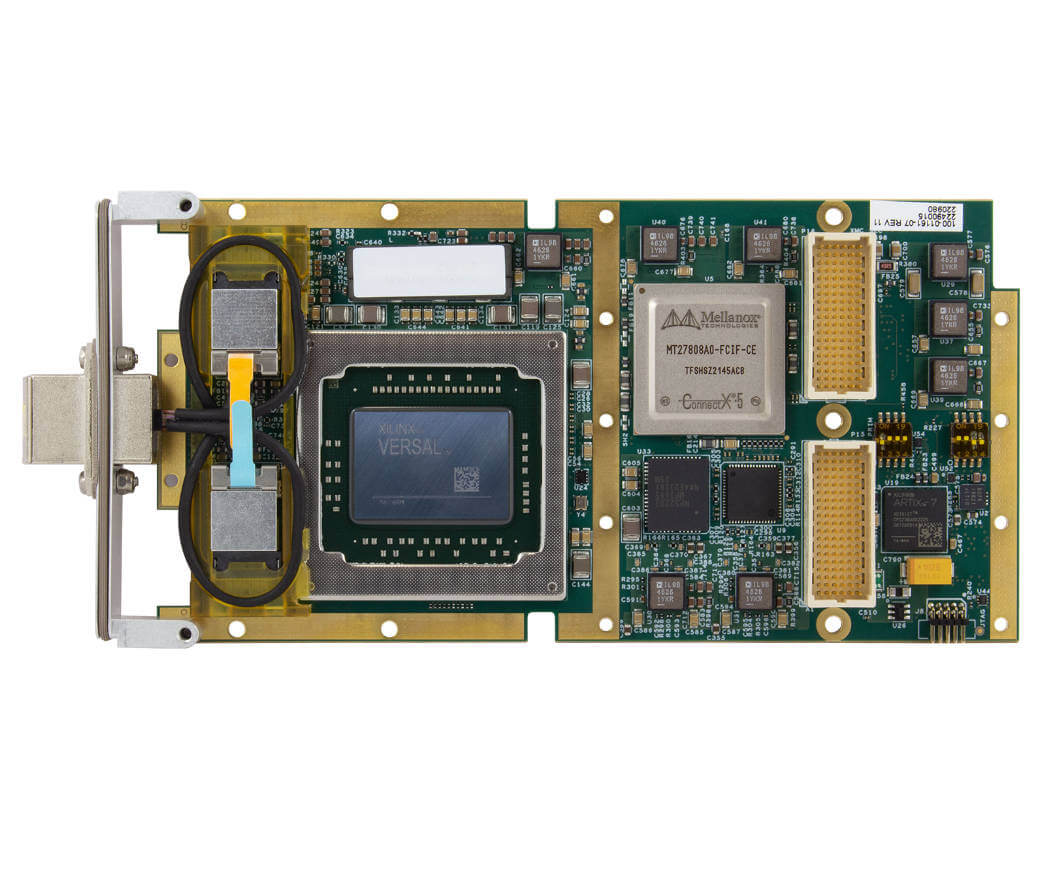
PXle
PXIe (PCI eXtensions for Instrumentation Express) interfaces are specifically designed for test and measurement applications, offering a standardized platform for connecting instrumentation and control systems. They are widely used in aerospace/defense testing to ensure precise timing and synchronization among multiple instruments. Utilizing the PXIe chassis and modular architecture, PXIe interfaces allow for easy insertion and exchange of modules within the system. Further, PXIe interfaces are complemented by specialized software and drivers tailored for test and measurement, providing additional tools and libraries for instrument control and data acquisition.
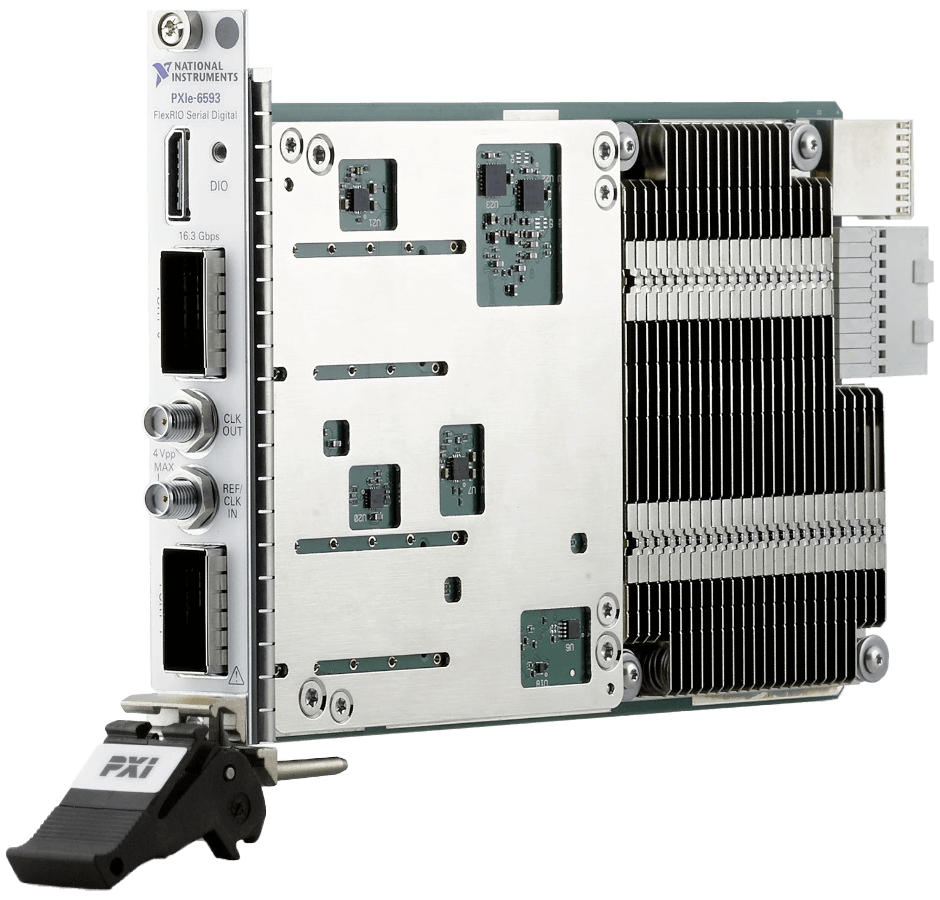
PCle Express
FPGA-based PCIe (Peripheral Component Interconnect Express) interfaces have become essential in the Aerospace & Defense industry, finding applications in radar systems, communication systems, and high-performance computing. These interfaces enable real-time data acquisition, processing, and analysis in radar systems, facilitating accurate target detection and tracking. In communication systems, they handle high-speed data transmission, protocol conversion, and encryption/decryption processes. Additionally, FPGA-based PCIe interfaces enhance high-performance computing by offloading computationally intensive tasks, improving system performance and reducing processing time. Trust New Wave Design and our FPGA-based PCIe interfaces in meeting your stringent application requirements.
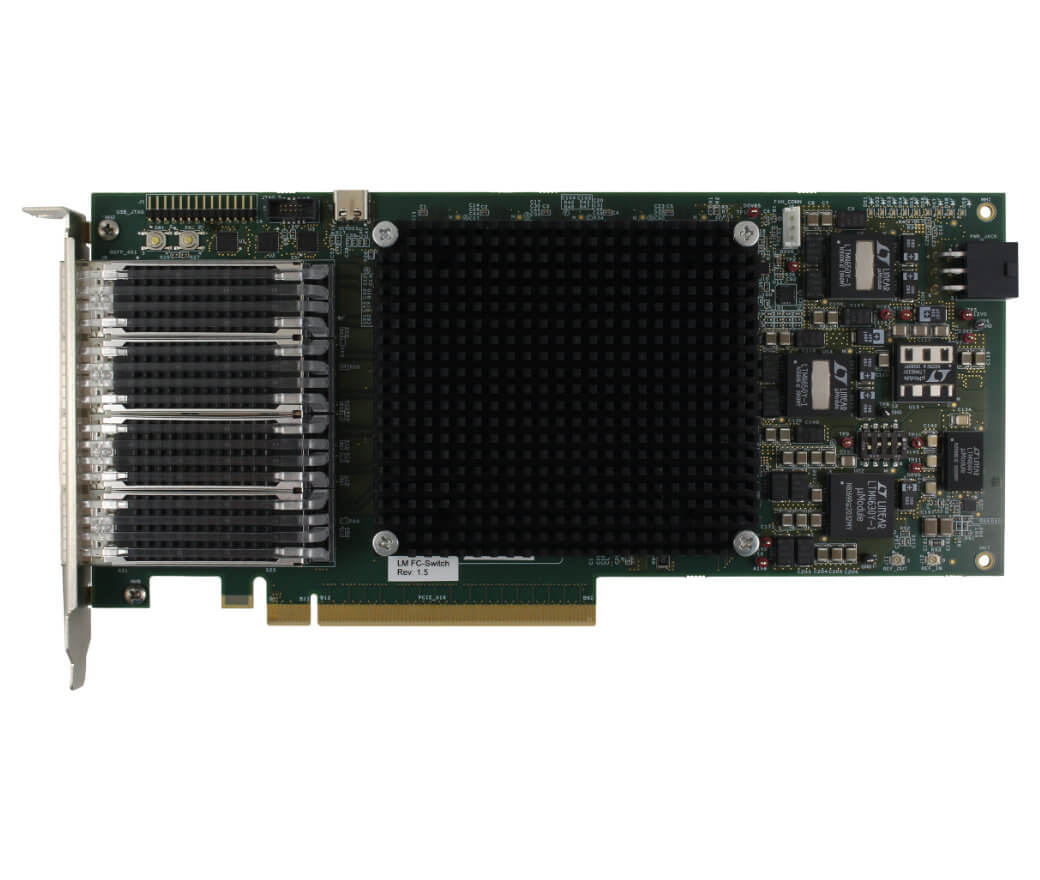
Platforms & Appliances
Looking for appliance-level solutions? You’ve come to the right place. New Wave Design has a variety of test platforms and appliances perfect for an array of testing needs. From wire harness network testing, to repeaters/hubs, to port-dense, lab-use Fibre Channel switching, we’ve got you covered.
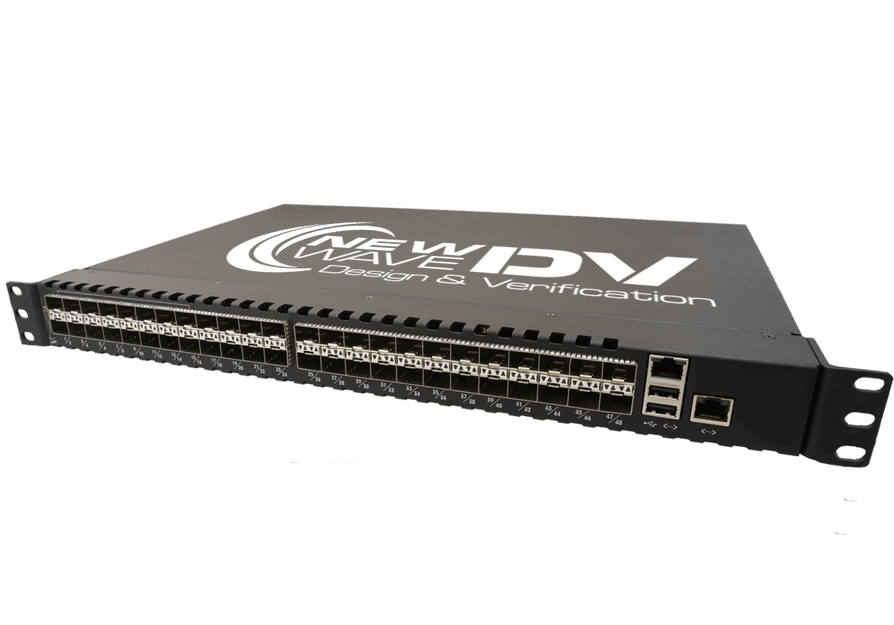
IP Cores
In the aerospace and defense industry, FPGA-based IP cores for high-speed serial applications are utilized in communication systems, radar systems, satellite systems, avionics, and more. They enable deterministic high-bandwidth low latency data transfer, real-time signal processing, and synchronization between different subsystems. These IP cores contribute to the development of advanced technologies, improving mission-critical applications’ performance, reliability, and efficiency by offloading protocol processing to the IP core itself. By leveraging FPGAs, New Wave Design IP cores offer flexibility and programmability, allowing for custom-tailored adaptations to specific application requirements.
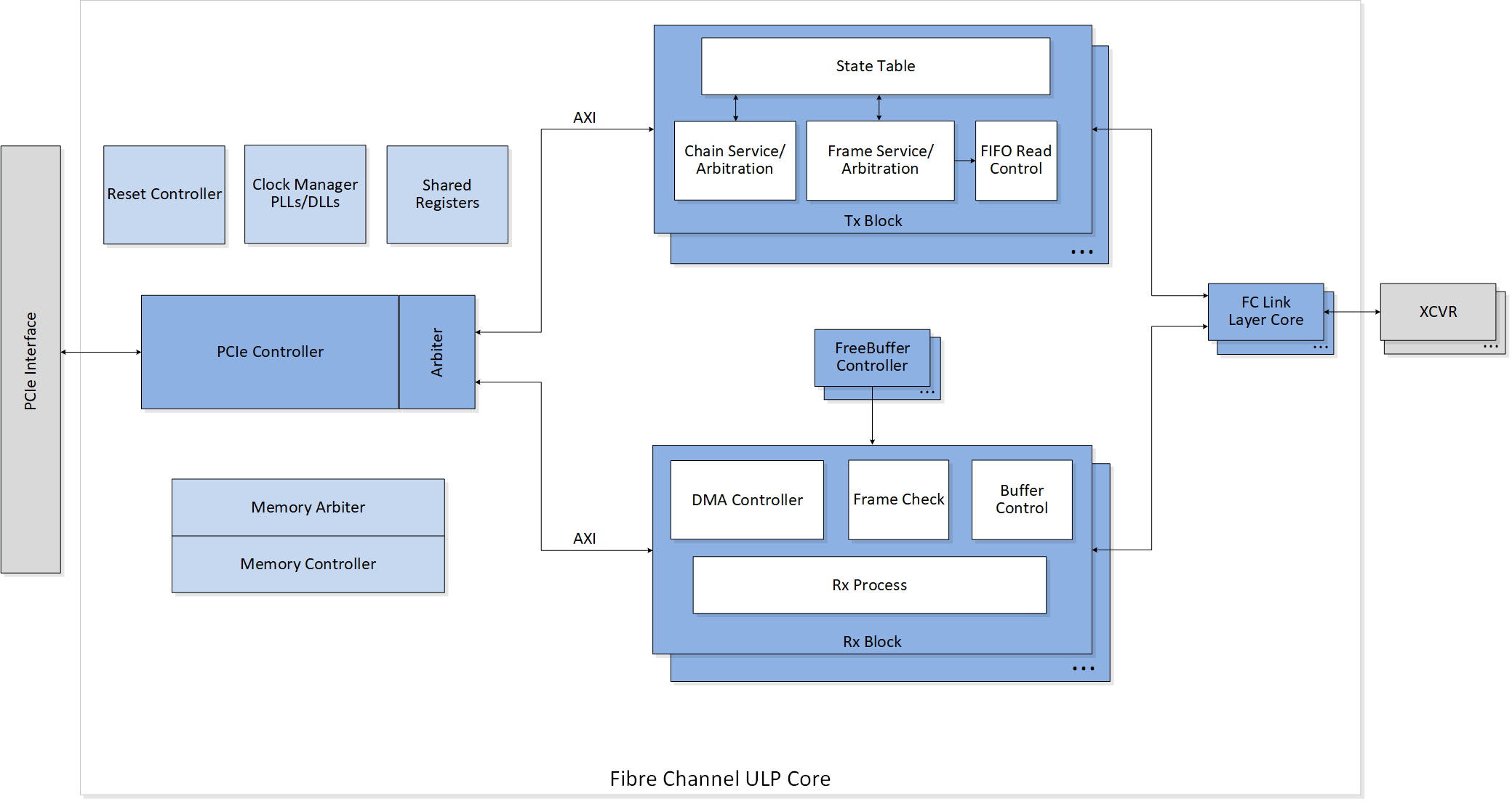
Accessories
Complementing our variety of hardware options, New Wave Design also provides an array of accessories to meet your unique application needs and enhance your pre-existing systems.
Accessories